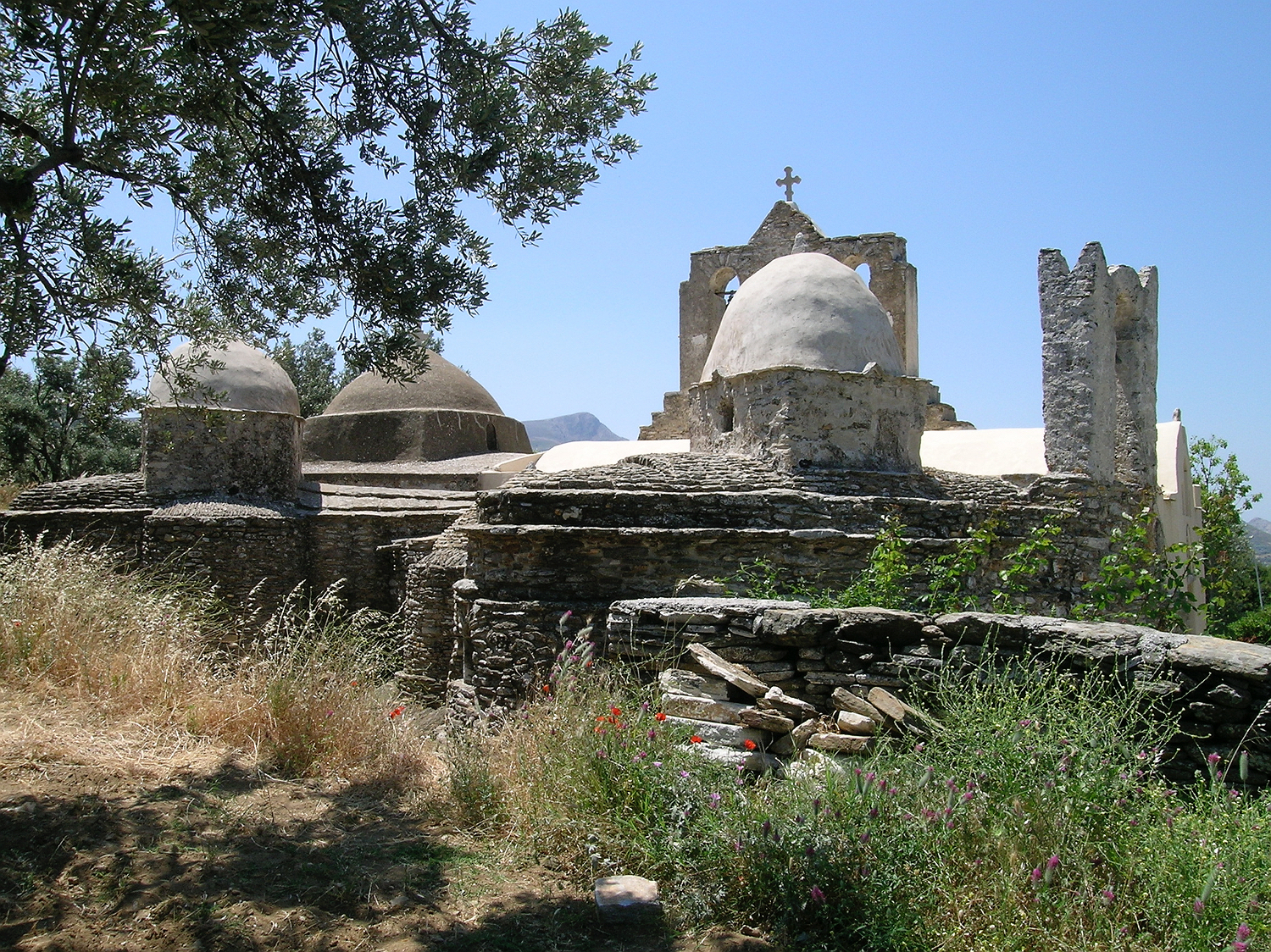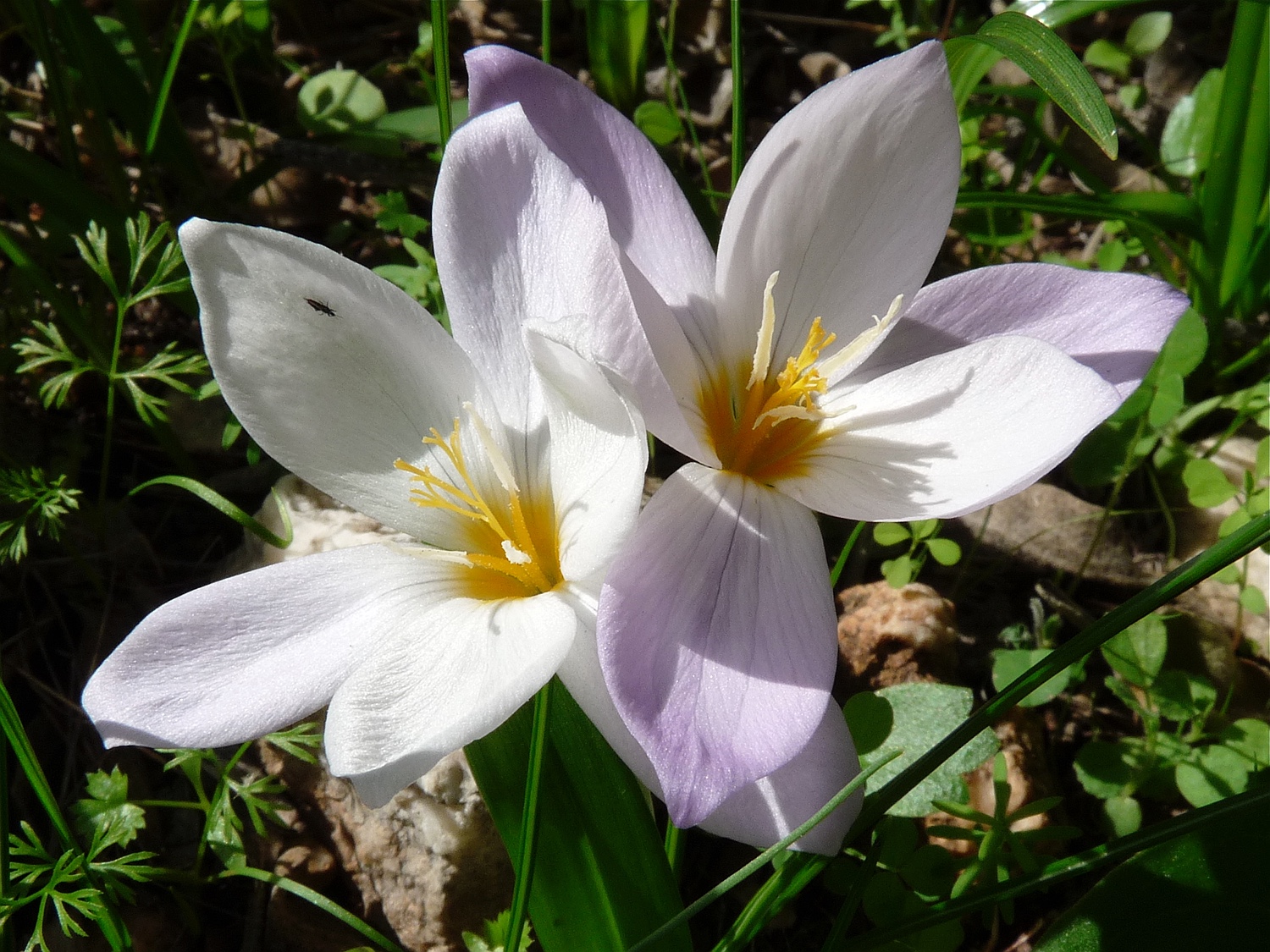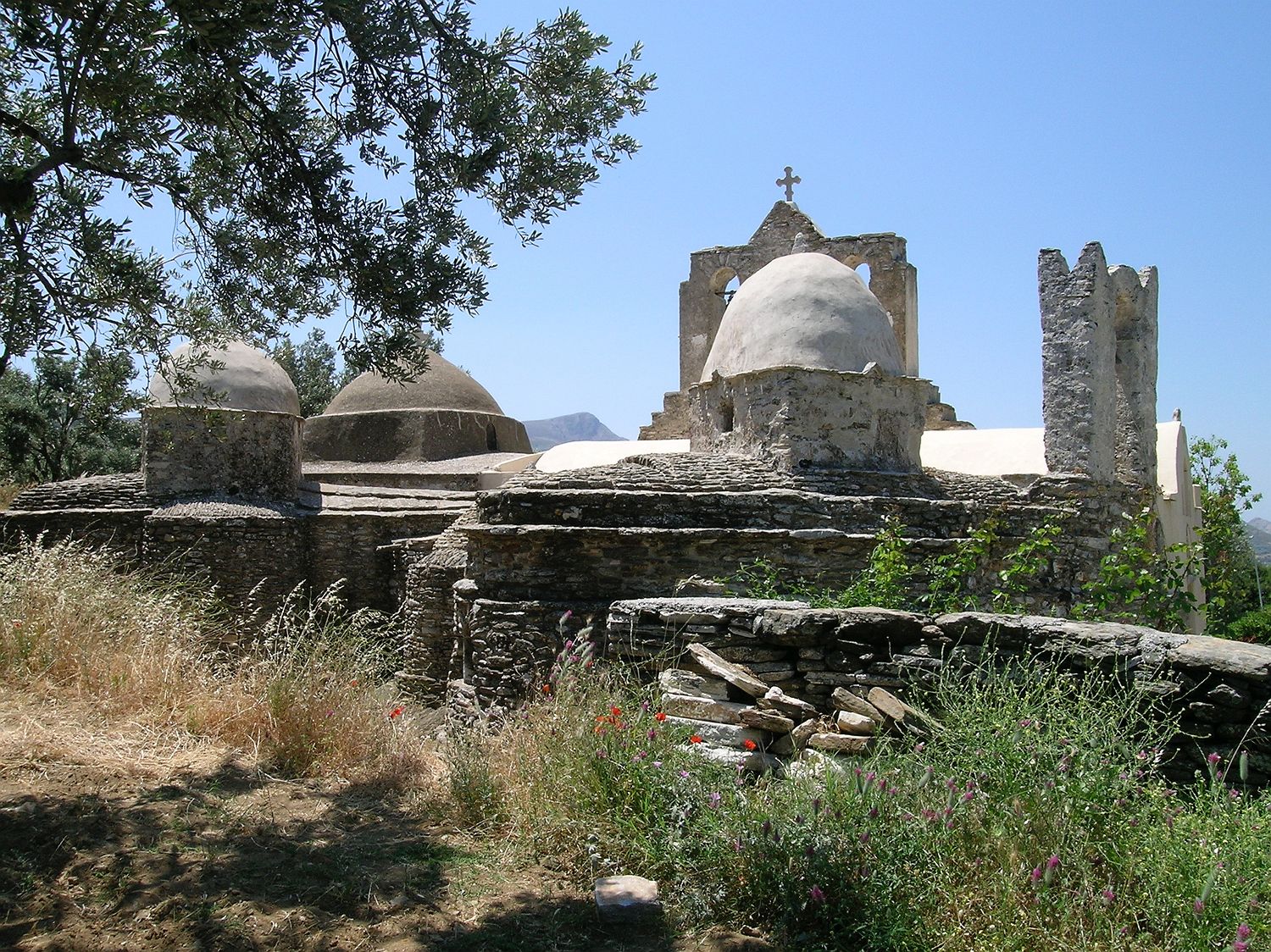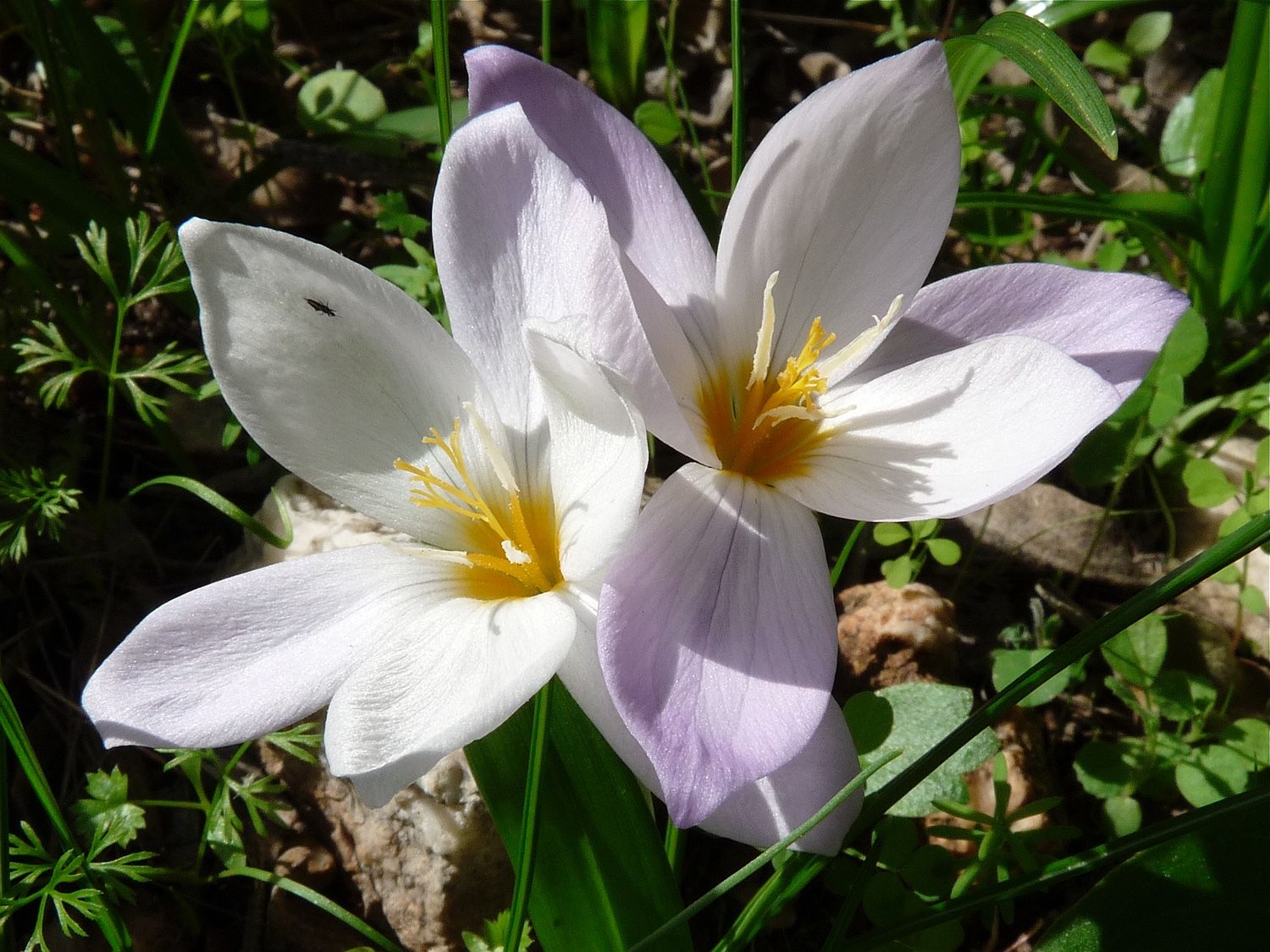Herzlich Willkommen in Azalas!
Herzlich Willkommen in Azalas!
Herzlich Willkommen in Azalas!



Ferienhäuser Azalas
Ferienhäuser Azalas
Die Kultur von Naxos
Die Kultur von Naxos
Die Natur von Naxos
Die Natur von Naxos
Aktuelles aus Azalas
Aktuelles aus Azalas








